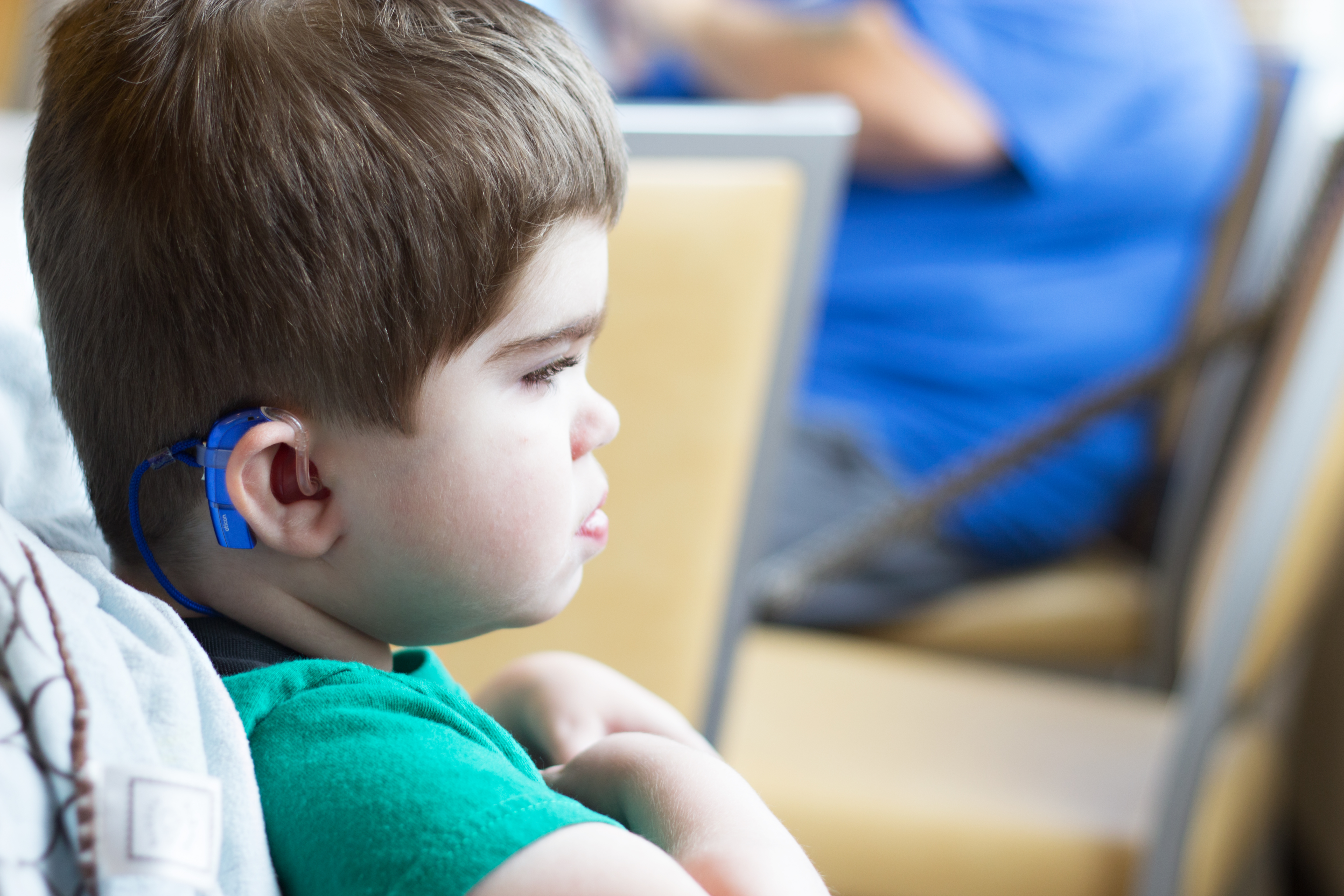
What is Zellweger syndrome?
Zellweger syndrome is the most severe form of peroxisome biogenesis disorder-Zellweger spectrum disorder (PBD-ZSD). Peroxisomal disorders are rare, genetic, terminal conditions that affect all major organ systems of the body. A peroxisomal disorder on the Zellweger spectrum (formerly referred to as Zellweger syndrome) means that the peroxisomes in your cells aren’t working properly, are absent, or are severely decreased. Peroxisomes are necessary for cell function, normal brain development, and the formation of myelin.
What’s in a name?
Zellweger syndrome is the most commonly known peroxisomal disorder. It is named after Hans Zellweger, a pediatrician and professor of pediatrics and genetics, who in the mid-1960’s researched the disorder and noticed the familial disorder among siblings. Zellweger syndrome was later named for him in recognition of his discovery.
Today, it is known that Zellweger syndrome actually falls on a spectrum. That means Zellweger syndrome is part of a group of disorders that all have the same genetic mutations. These mutations cause certain features and symptoms that vary from mild to severe.
While you may hear the names Zellweger syndrome (ZS), neonatal adrenoleukodystrophy (NALD), infantile Refsum disease (IRD), and Heimler syndrome used to describe or diagnose a patient, it is now known that all of these names are actually the same disorder with different levels of severity. Today, these groups of disorders are known as peroxisome biogenesis disorder-Zellweger spectrum disorder (PBD-ZSD).
Why do peroxisomal disorders have so many different names?
You might hear peroxisome biogenesis disorder-Zellweger spectrum disorder (PBD-ZSD) referred to by other names, including Zellweger syndrome (ZS), neonatal adrenoleukodystrophy (NALD), infantile Refsum disease (IRD), and Heimler syndrome. In recent years. disorders that were formerly grouped into separate diseases are now known to be a continuum of PBD-ZSD with varying degrees of disease severity.
As the understanding of this disorder has grown, there has been a movement away from the original disease categories towards a continuum of disease severity for PBD-ZSD, ranging from most severe (Zellweger syndrome), intermediate (neonatal adrenoleukodystrophy), and mild (infantile Refsum disease and Heimler syndrome). Although less common now, you may occasionally hear PBD-ZSD referred to by any of these former names.

Why does it matter what we call it?
For many of our patients, it would be inaccurate to state that they will be firmly classified as “mild” “moderate” or “severe” throughout their lifespan. Simply saying a patient has Zellweger syndrome ignores the understanding that a patient can move through the spectrum of this disorder depending on disease progression. When we use the accurate diagnosis of peroxisome biogenesis disorder-Zellweger spectrum disorder (PBD-ZSD), we acknowledge that a patient can fall on different parts of the spectrum throughout their lifespan.
Disease progression can cause negative movement on the spectrum, moving from mild to severe. While a patient may appear to be on the mild end of the spectrum at birth, they can develop serious medical problems as they age, placing them on different points on the spectrum during their lifespan. Conversely, some patients that are born with severe symptoms, particularly with what appears to be very severe liver involvement, can actually have improved liver function during their lifetime and move toward a more mild presentation of the disorder.
It’s important for physicians and families to use inclusive language about this spectrum disorder to better understand that PBD-ZSD can be ever changing for patients and very difficult to predict.
For more information
For further reading on peroxisome biogenesis disorder-Zellweger spectrum disorder (PBD-ZSD).
Are you the caregiver of a patient diagnosed with PBD-ZSD? Join our patient registry!
To stay up to date on the GFPD’s news and research updates, follow us on social media on Facebook @GlobalFoundPD
